You Can’t Trust What You Don’t Understand
Emerging technology demands a leap into the unknown—something few people feel ready for. After years of rapid change, society is exhausted and wary. Yet AI is accelerating faster than ever. Between 2007 and 2021, patents for new ideas increased by 81%, underscoring the breakneck pace of innovation. The result? A widening gap between technology’s potential and public understanding, breeding fear and resistance.
If we fail to bridge this gap, we risk deepening inequality. Those who grasp AI and quantum computing will gain opportunities; those who don’t will be left behind. Tech brands must demystify these advancements, making them accessible and relatable. As communicators, we have two key responsibilities:
Promote Media Literacy – People from all walks of life must understand emerging technologies to engage in shaping the future.
Close the Knowledge Divide – Without clear communication, only a select few will benefit from these breakthroughs, widening social and economic gaps.
We need to explore every possible way to make world-changing tech human, relatable, and accessible. One major challenge that often goes unaddressed is the visual language of AI and quantum computing. The imagery surrounding these technologies can be one of the first barriers preventing them from feeling inclusive, understandable, and human.
The Power of Visual Language
A critical yet overlooked issue in tech communication is how AI and quantum computing are visually represented. The imagery used by the media and tech brands reinforces existing fears and misconceptions rather than dispelling them.
Examples of representation of AI in imagery.
AI: The Language of Fear
AI is essentially math, code, and computers—built by people for people. Yet when you search for “AI” in Google Images, you’re met with unsettling visuals: glowing blue brains, robotic hands, and human-like faces hiding circuits. These images imply sentience, mimicry, and even deception—fueling fears of AI as an alien force rather than a helpful tool. There’s an eerie sense of duplicity: AI looks human, but it isn’t. Worse, it might be trying to take something from us.
Disembodied metallic hands and humanoid robots perpetuate the myth of AI as a rising threat. These visuals are deeply embedded in cultural narratives, amplified by the media, and unknowingly adopted by tech brands themselves. The result? A sense of "otherness" that makes AI feel like something to fear rather than embrace.
Examples of representation of Quantum Computing in imagery.
Quantum Computing: The Language of Mystique
Quantum computing presents a different but equally problematic challenge. Through research, we identified an emerging visual code within quantum computing: images dominated by gold—precious, expensive, and shrouded in mystique. The intricate, sculptural machines rise out of the dark, resembling religious relics. This language suggests quantum computing is reserved for an elite few, far removed from everyday use. While it communicates power, it also creates distance, making the technology seem inaccessible and intimidating.
As quantum computing brands engage with the world, this visual narrative hinders rather than helps. It turns an extraordinary scientific breakthrough into something that feels untouchable.
A collage of different graphic references, including nature, circles, biophilic warmth and colors.
A New Visual Approach
To build trust and inclusivity, brands must be intentional with their visual language. Humans are meaning-makers, and the images we use are powerful signifiers of meaning. This is especially true for emerging technology, which inherently takes people out of their comfort zones.
Design for the Right Brain – People respond to imagery that is emotional, intuitive, and human. Our semiotic and cultural research suggests technology should be framed as a muse, creator, collaborator, and restorer—not a threat or an enigma.
Shift Away from Cold, Impenetrable Imagery – Move beyond the dark, blue-dominated visuals of tech. Embrace neutral tones, circular shapes, nature-based settings, and biophilic warmth to make technology feel more inviting and familiar.
Make Technology Accessible – These innovations should not feel exclusive to a privileged few. The way we present them visually can help bring more people along for the journey.
Act Now: From Hype to Helpful
As AI Advocacy expert and best selling author, Laurence Moroney, points out, emerging technologies must transition quickly from "hype to helpful." If they fail to do so, they risk stagnation or rejection—think Google Glass. Technologies that feel alien take much longer to be adopted and reach their true potential.
Inclusivity and accessibility start the moment we see an image. The goal is not a leap into the unknown, but a step toward the familiar.
At Across the Pond, we thrive on solving complex communication challenges. If you’re navigating one, let’s talk.




